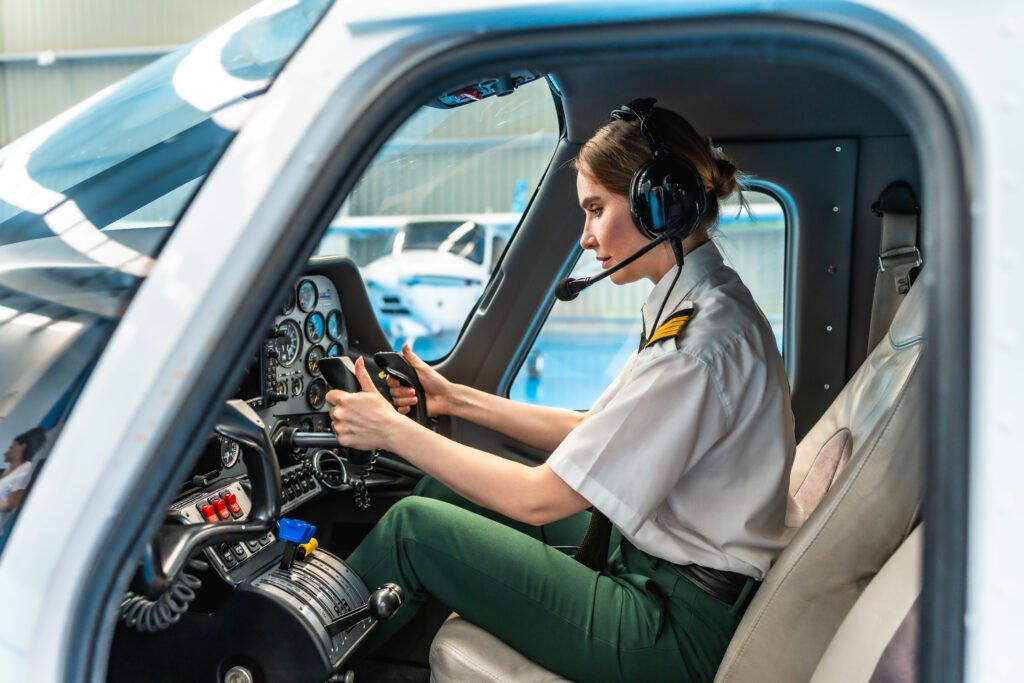PILOT TRAINING
Life of a PILOT

Becoming a pilot involves arduous training, dedication and years of building experience. Once a pilot is working for an airline, their life is sure to include significant time away from family and friends. This will include holidays that can be airline’s busiest times for transporting passengers, which translates into a higher demand for pilots to operate those flights.
The job may demand where a pilot should live. The pilot may need to move locations to secure the best job in all sense. They may need to work out of a base assigned by the airline. Pilot assignments are usually determined according to seniority.
Trainee pilot officers have the lowest level of seniority and they are always on call for 20 -24 days in a month. They also become fill-in pilots as a reserve duty where he or she should be available and reday to assume duty and fly on short notice.

The flying duty is aircraft specific as the pilot is approved to fly only one type at a time. If the pilot is certified to fly Airbus 320 type then he will continue to operate the same type till he is approved and certified in another type by the Airline. The duty time and flight time of a pilot is two different things. Flight time is the actual time the pilot is at the controls of the aircraft, this also termed between pilots as “stick time”.
The pilot’s duty time is more than the flight time as the pilots are responsible for many time consuming duties before and after a flight including the pre and post flight activities, in addition to “stick time” and can extend upto 14 hours a day, especially in the case of weather disruptions. They also undergo rigorous recurrent training and qualification upgradation to be updated with the technical advancements.
The pilot rest is critical as adequate rest is a major focus for all airline pilots. One of the greatest challenges for our pilots can be adjusting to changing time zones and ensuring adequate rest both before and after a long duty day, especially after flying overseas and/or operating at night.

